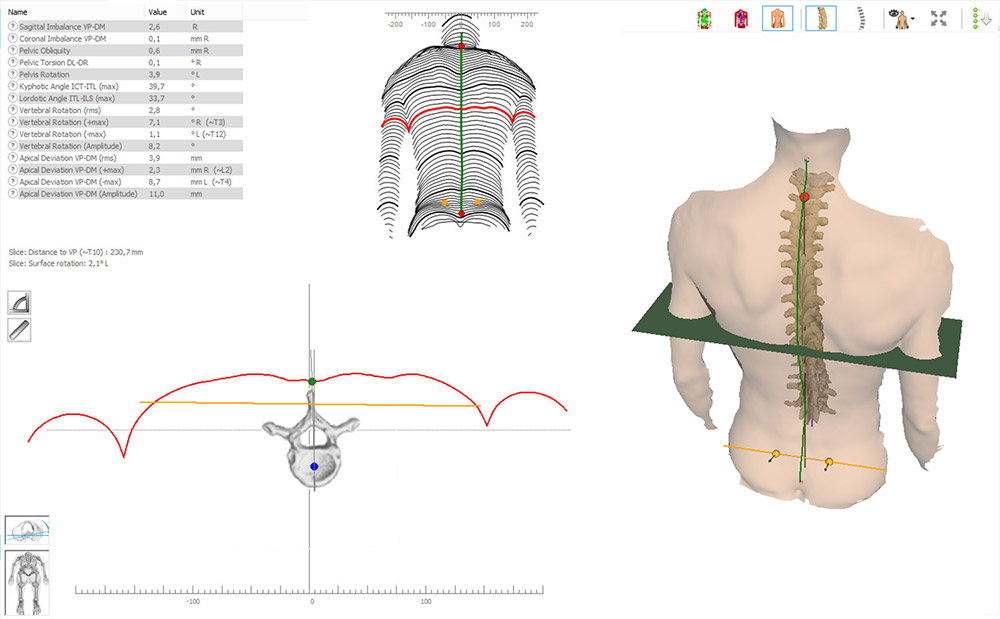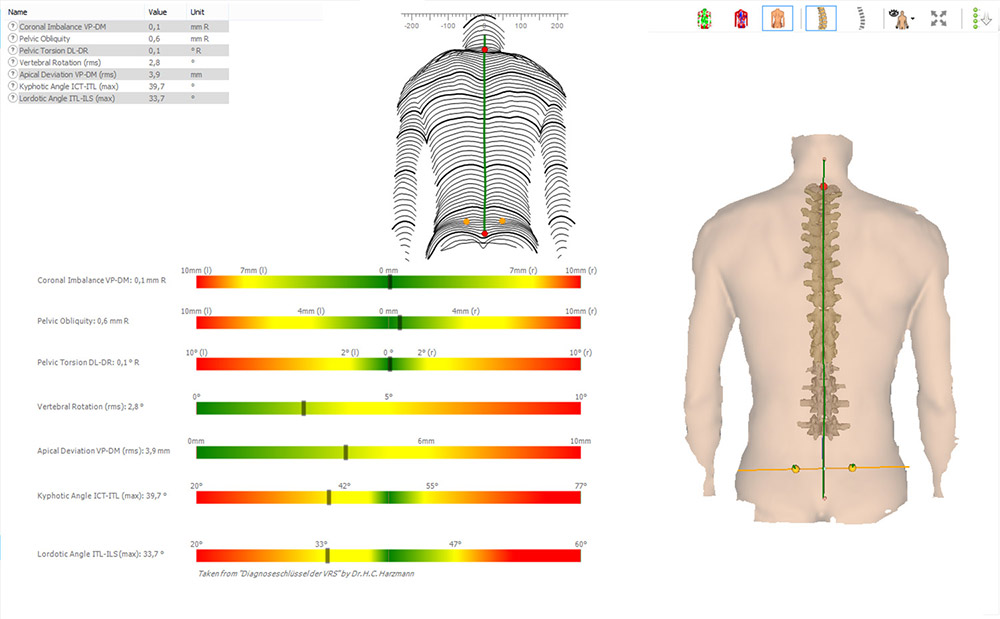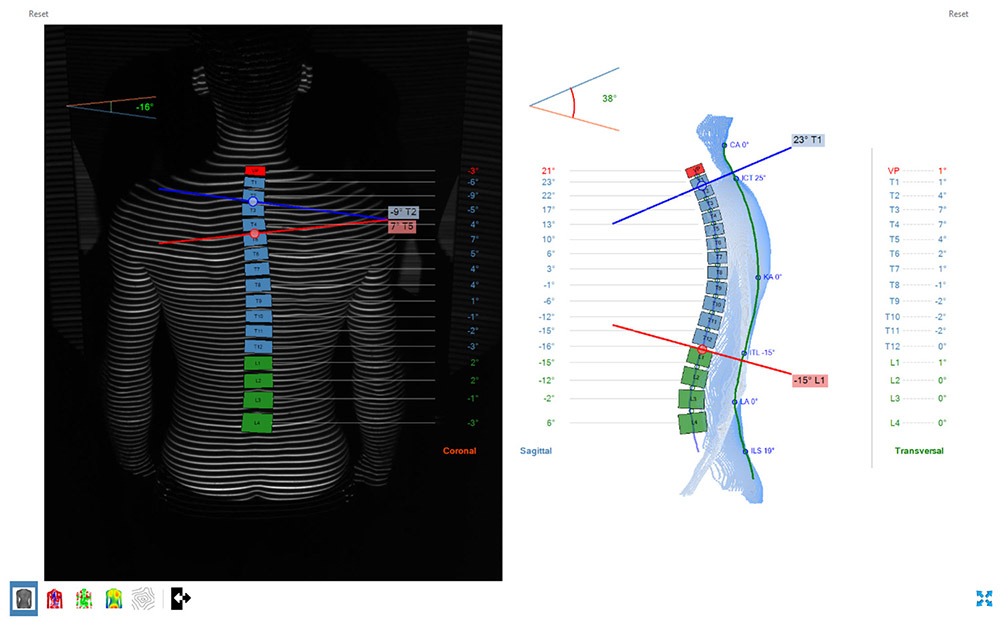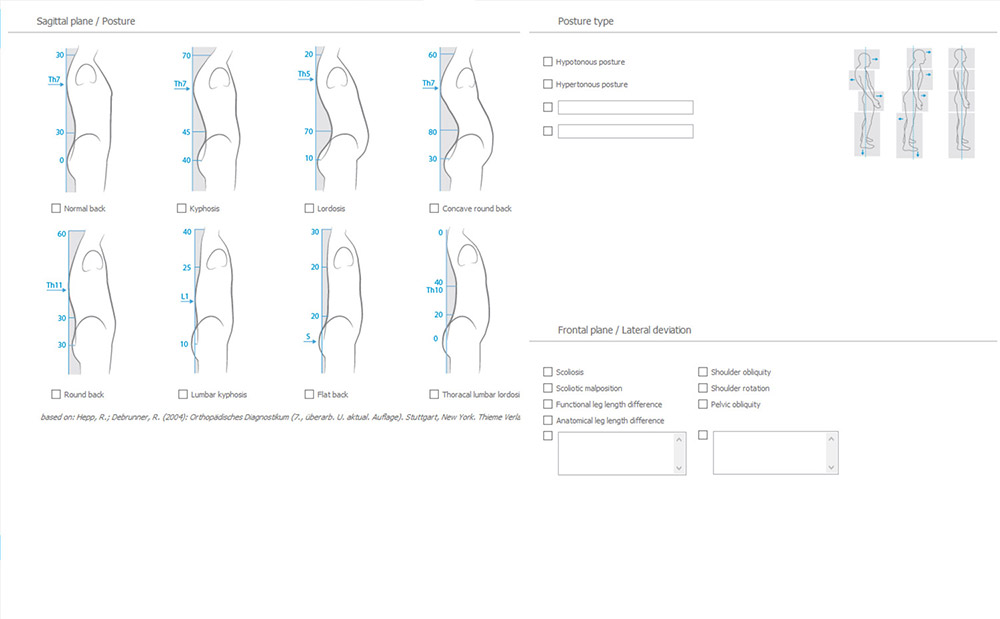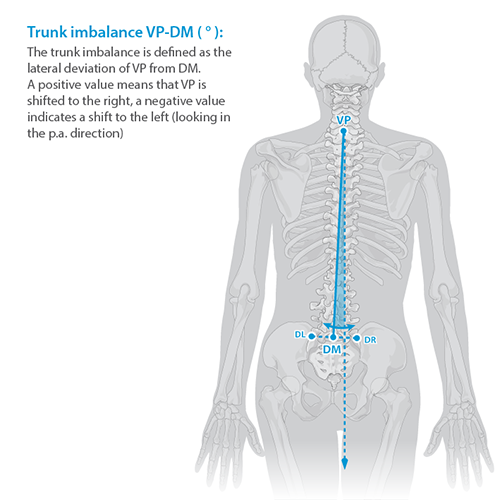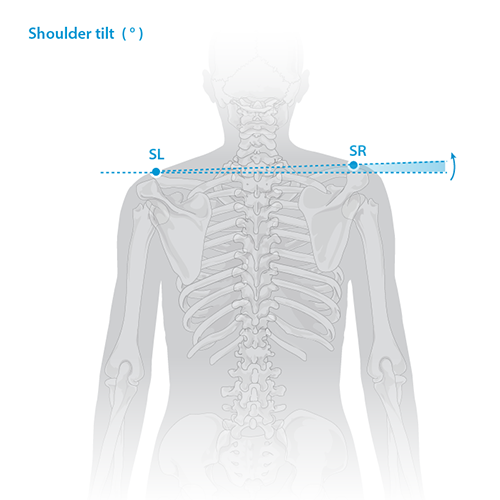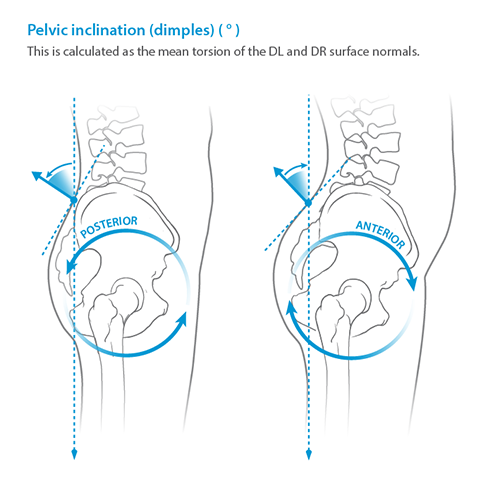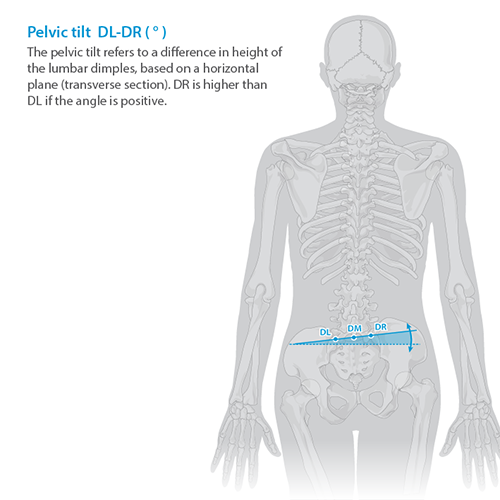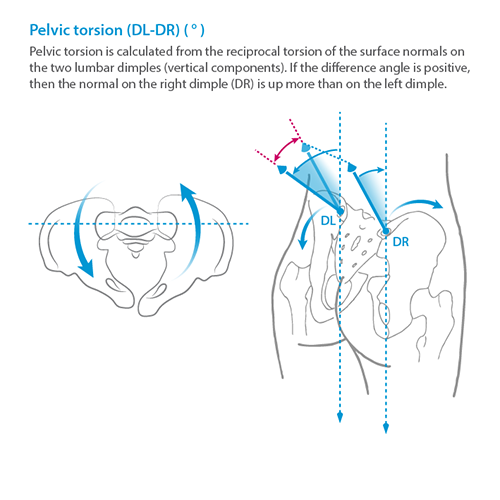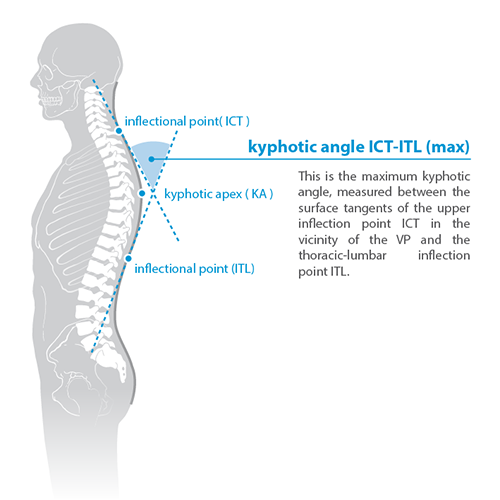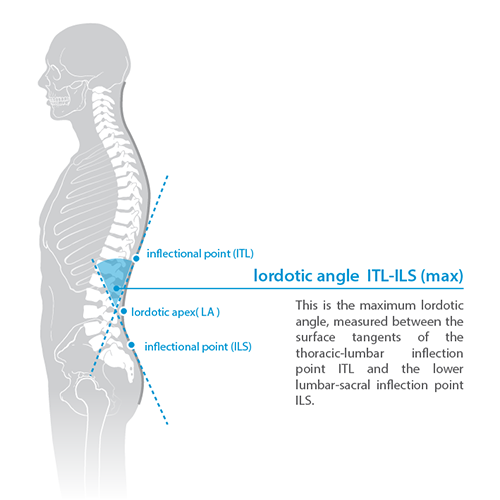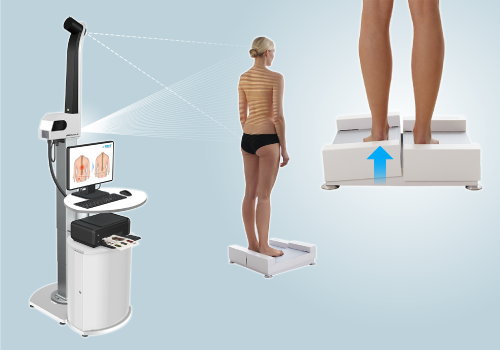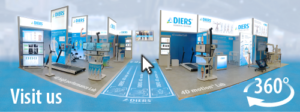DIERS formetric 4D
The pioneer technology for light-optical 3D/4D Spine & Posture Analysis
The DIERS formetric is a light-optical scanning method based on Video-Raster-Stereography (VRS). Accordingly, the system consists of a light projector which projects a line grid on the back of the patient which is recorded by an imaging unit. A computer software analyzes the line curvature and generates from it – by means of the method of the Photogrammetrie – a three-dimensional model of the surface, comparable to a plaster cast. In opposition to x-ray, the DIERS formetric provides comprehensive information about the whole body statics and posture in only one measuring process, e.g. spine curvature (lateral and frontal), vertebral rotation, and pelvic position. Even muscular dysbalances can be detected based on the curvature image of the back surface.
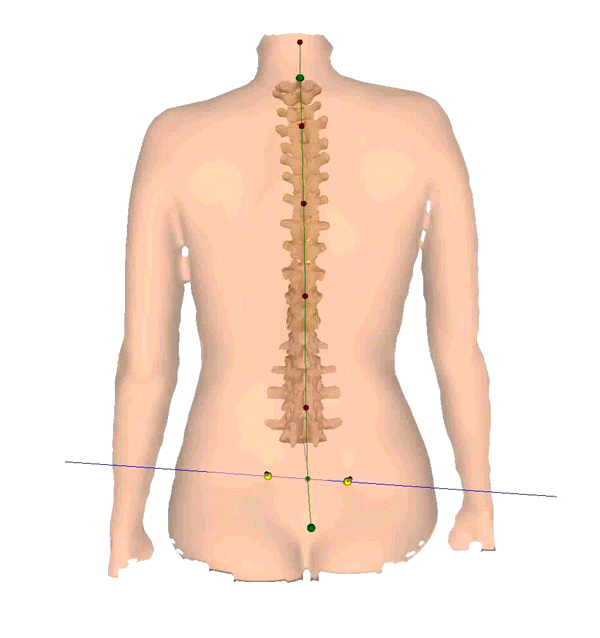
Technological Features
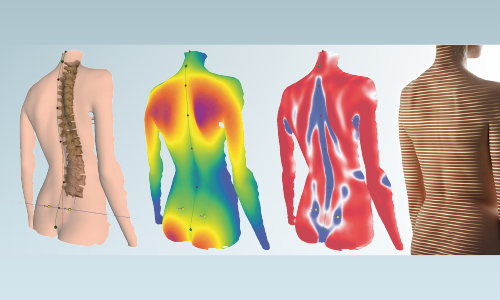
3D Surface & Spine Reconstruction
Unlike any other systems, the DIERS formetric also delivers a 3D reconstruction of the spine without using reflecting marker dots. By the Automatic Detection of Anatomical Landmarks and a scientifically based Correlation Model (by Turner-Smith & Drerup), which describes the relation between the surface curvature and the orientation of the vertebra, it is possible to reconstruct the curve of the spine and the pelvic position.
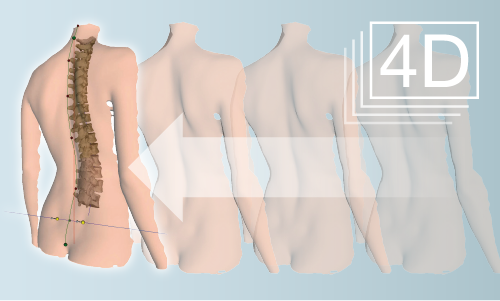
4D Average Technology
The innovative 4D technology (3D + time) ensures a high measurement precision and reproducibility. By means of serial image recording and averaging it’s possible to compensate postural variances due to unavoidable body sway of the patient during the measurement procedure. Furthermore even posture tests and functional studies can be taken over a period of time (e.g. Matthiass-Test, Flamingo-Test, Romberg-Test).

Automatic Detection of Anatomical Landmarks
There is generally no need for reflecting markers, because the anatomical fixpoints Vertebra Prominens (VP), Sacrum Point (SP), Dimple Left (DL) Dimple Right (DR) as well as the spinal center line and spinal rotation are automatically detected by the system. That allows a very time-saving and reliable examination procedure.
Measuring Parameters:
Here you can find a few of the numerous parameters of a formetric measurement:
Clinical Applications:
• Scoliosis
• Hyper -/Hypo-Lordosis/-Kyphosis
• Pelvic Obliquity / Rotation / Torsion
• Posture-related Pain Symptoms
• Temporomandibular Joint Dysfunction (TMJ)
• Osteoporosis
• Arthrosis
• Neurologic Symptoms (e.g. Romberg-Test)
• Muscle Deficits/Imbalances (Matthiass-Test, Flamingo Test)
…
Testimonials
More than 1.000 users all over the world, let’s see what some have to say?
“For the holistic view of the musculoskeletal system, the 3D / 4D spine measurement has become indispensable to take for me “try and error„ to make the right individual treatment decisions as early as possible.”
“With the 4D Spine Measurement in combination with an analyzation of the lower extremeties and an isometric muscle strength assessment and the close cooperatin with a dentist, physiotherapists and a drug therapy the patient’s complaints nearly vanished within three months.
The patient tells about only occasionally occurring deeper LBP, that can easily be handled by stretching exercises. At this point a fi ne tuning by the dentist and further exercises by the automatically generated workout.”
Additional Components
The DIERS Spine & Posture Measurement Systems can be combined with the following products to extend the range of application and to enhance the economic efficiency:
DIERS formetric + DIERS pedoscan
By the combination of the two measuring systems DIERS formetric 4D and DIERS pedoscan it is possible to inspect simultaneously the spinal form, the pelvic position, the pressure conditions under the feet and the body’s center of gravity.
This synchronized measurement is a valuable feature for an optimal treatment e.g. with posture-correcting insoles.
DIERS formetric + 3D Simulation Platform
The simulation platform can be used to evaluate leg length differences and foot malpositions. The effects of treatments on the spine, pelvis and posture can be simulated with the platform. During the examination, the patient stands on two separate standing surfaces which can be adjusted in three directions. Correctional parameters – e.g. for insoles which are to be made – are determined with millimetric precision.
DIERS formetric + DIERS leg axis
Using the additional leg axis module, it is possible to provide two-dimensional documentation of leg axis geometry (view direction from behind (PA)) in addition to spinal and postural analysis. This makes it possible to directly include the effects on the leg axes when correcting foot malpositions.The DIERS formetric 4D requires an additional camera system for the leg axis module.



